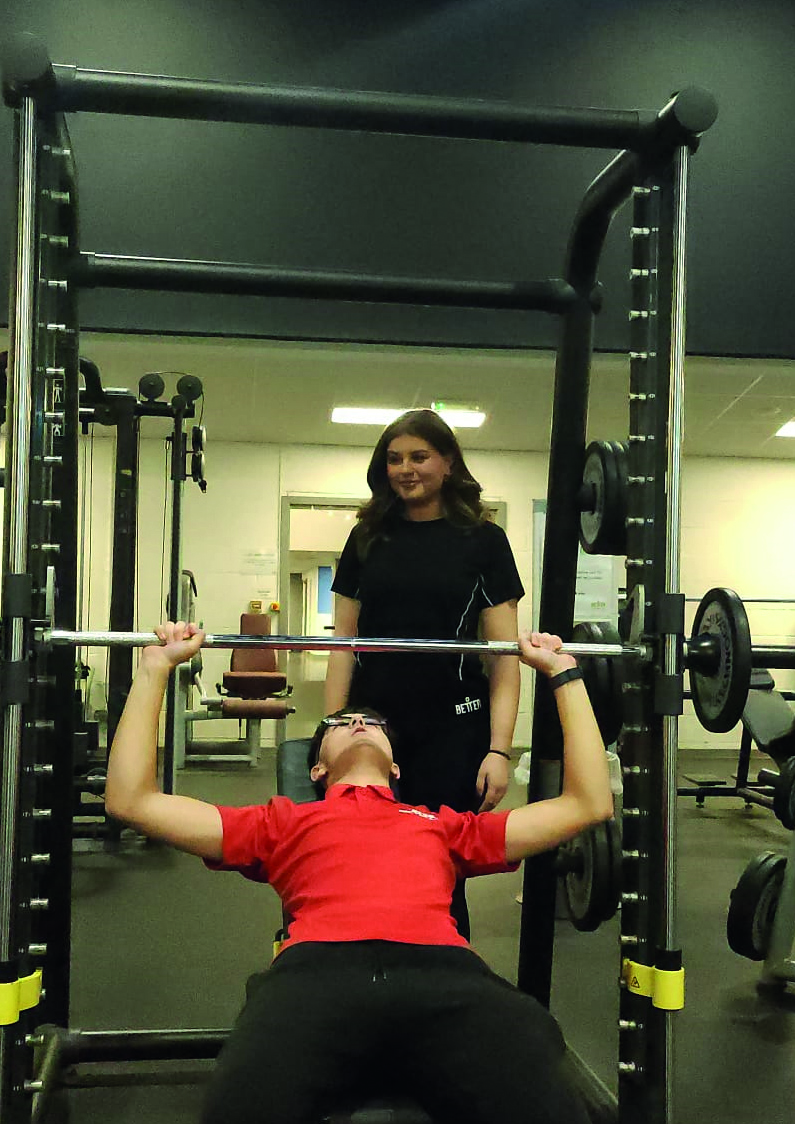A healthy diet can do wonders for diabetic patients, as it can help prevent, control, and even reverse some cases of type-2 diabetes. When most people hear the term healthy diet, they assume that following a diet plan would mean an end to all kinds of food that they enjoy. However, this is certainly not true. You can maintain optimal blood sugar levels while also enjoying all of your favorite foods.
By Allen Brown
For people suffering from diabetes, the daily dietary intake is the main factor that contributes to their serum blood glucose. Although no special foods are required to control blood sugar, diabetics need to pay close attention to their food choices. Since chronic obesity is one of the most common causes of type-2 diabetes and developing cardiovascular diseases, the first and most important recommendation for diabetic patients is to lose a little weight. Shedding as little as 5 to 10% of your total body weight can help massively in lowering your blood glucose, blood pressure, and cholesterol levels.
Here we have compiled a list of the top four dietary changes that can help effectively manage diabetes.
Choosing Healthier Carbohydrates
Out of all the macromolecules, carbohydrates have the greatest effect on blood sugar levels. So it is essential to choose healthier food sources of carbohydrates and keep tabs on your portion sizes. That does not mean you need to give up on your favorite foods. For example, this site states that diabetic patients can eat sweet potatoes, a favorite of many. However, it is crucial to limit refined carbs like white flour, white bread, pasta, pastries, sodas, candy, breakfast cereals, and added sugars. These processed carbs contain little to no fiber, vitamins, and minerals. Due to this, they are considered empty calories. As they are digested quickly due to their low fiber content and have a high glycemic index, refined carbs can lead to rapid spikes in blood sugar and insulin levels.
Replace them with high-fiber complex carbohydrates or slow-release carbs. These are digested more slowly and prevent your body from producing too much insulin. To make it easier for you, we have narrowed down the best carbohydrate-rich food options.
-
Whole grains like brown rice, oats and barley
-
Sweet potatoes, yams, cauliflower mash
-
Fruits and Vegetables
-
Pulses, mainly chickpeas, beans, and lentils.
-
Dairy products like sugar-free yogurt and milk.
Eating less salt
While salt does not affect blood glucose levels and causes diabetes, it is important to limit your intake as part of your diabetes management. Increased sodium intake is directly associated with increased blood pressure, which can further escalate to cause heart diseases and stroke.
Diabetic patients must avoid using excessive salt in their foods as they are already at a higher risk of developing these conditions. If you have type 2 diabetes, it is essential to regulate your salt intake and keep it below 2,300 milligrams (mg) per day. Read the labels when shopping for foods and choose those with 140 mg of salt per serving or less. Reduce your sodium intake when cooking at home and replace salt with other flavorful alternatives like garlic, ginger, lemon, pepper, or vinegar, where possible.
Switching to Healthier Fats
Fats are an essential component of our diet. However, it is necessary to understand the distinction between the different types of fats and how they can affect our health. While some fats are unhealthy, others have significant health benefits.
Saturated fats or unhealthy fats can increase your blood cholesterol, increasing the risk of cardiovascular diseases. They are found mainly in butter, fatty and processed meat, ice cream, pastries and pies, cheese, and more. It is important to ensure that saturated fats make up no more than 10% of your daily calorie intake.
Unsaturated or monosaturated fats, on the other hand, are the healthier type of fats. They protect our body against heart diseases by lowering blood cholesterol levels. Sources of these include unsalted nuts, avocados, fish, olive oil, and nut butter.
Spotting Hidden Sugar
For diabetic patients, this is a no-brainer. A high sugar intake is linked to an increased risk of Type 2 diabetes, therefore you must avoid it at all costs. Cutting down on sugar is the best way to keep your blood glucose level under control. You can use artificial sweeteners with your regular meals to ensure that the food is healthy and delicious. Hidden sugar can be found in many packaged foods and other grocery store staples like bread, cereals, canned foods, sauces, butter, and other low-fat meals. It is important to spot this hidden sugar on food labels which may take some sleuthing as it is sometimes not easily recognizable.
TIP: DO NOT fall for “diabetic foods” in the market. To clarify, there is no such thing as “diabetic food.” It’s a hoax created by processed food companies and advertisers. They claim that these so-called “diabetic foods” can act as alternatives for nutrients obtained from natural food materials. However, no scientific evidence has been found to validate this.
If you suffer from diabetes, making some positive lifestyle changes can help you lead a healthy and happy life. The goal is to instill healthy eating habits, be more physically active, and keep shedding those extra pounds. If you follow this formula, you will surely start experiencing a gradual reduction in your symptoms.





